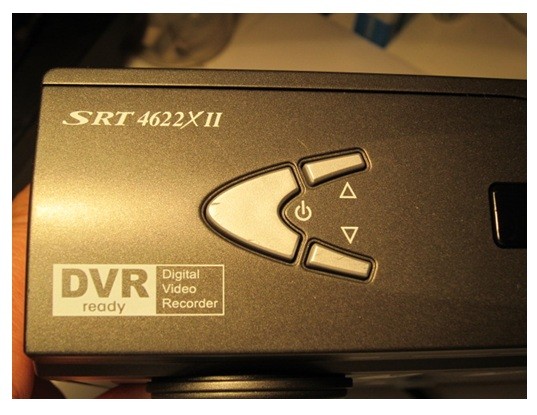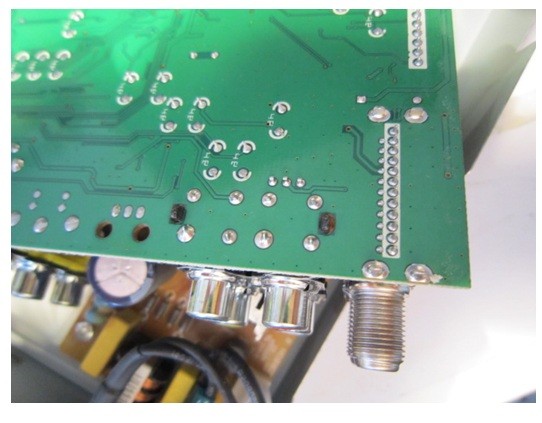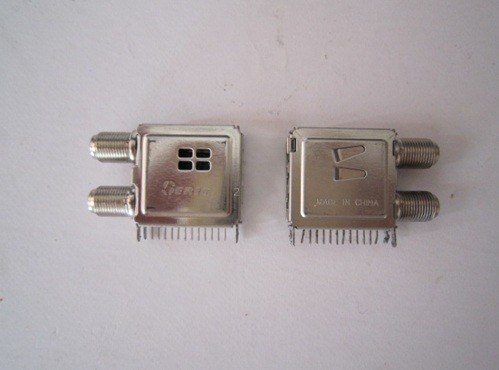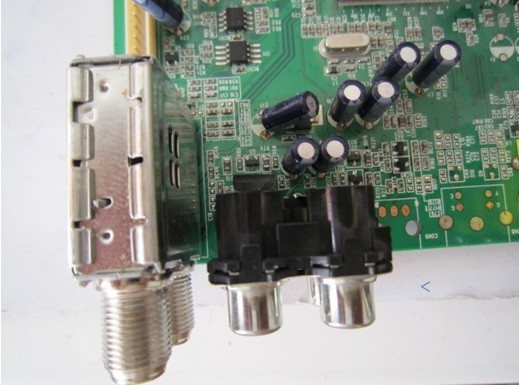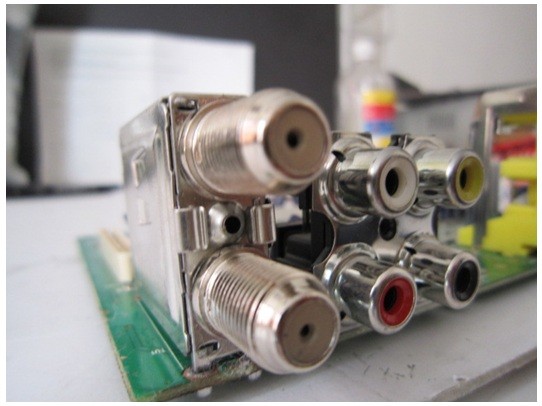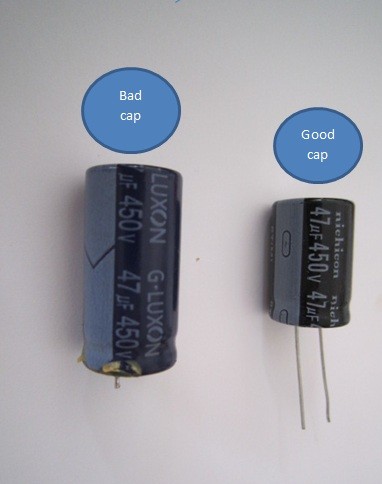STRONG SRT 4622 Satellite TV Receiver Repaired
By Jestine Yong on November 21, 2013
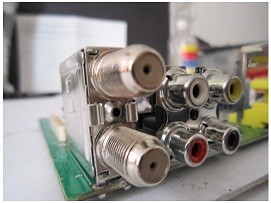
The problem of this receiver was a bad picture. In order to make sure that the LNB DISH and Signal Cable are working fine, I installed another good receiver to the end of the line and I received a very beautiful and sharp picture and this indicated the LNB dish all the way down to receiver were working fine. This means the problem for sure is the receiver set.
Note: LNB stands for low-noise block and the function is to receive the very low level microwave signal from the satellite, amplifies it, changes the signals to a lower frequency band and sends them down the cable to the indoor receiver unit.
After opening the cover, the first thing I checked was the output voltages from power supply. More or less all of the output voltages readings were within tolerance:
5 v was 5.17
3.3 ” 3.25
12 v ” 11.9
22 v ” 24.40 (This is the LNB voltage and I checked this voltage when the signal cable was not installed on the receiver and this is why the voltage was higher).
On the mainboard I found three SMD voltage regulator ICs i.e. 1.25 volt, 3.3 volt, and 5 volt. These are the L1117 SERIES SMD ICs which is quite famous and found in many equipment mainboards. These three output voltages from the SMD ICs were found to be good.
Note: If any of these SMD voltage regulator ICs have an abnormal output (too low or too high output voltage) the receiver will not properly function.
The bad picture of this receiver reminds me of the old bad Tuner problem in CRT TVs. So I decided to replace the Tuner with another working Tuner and see the result.
After the replacement with a new Tuner the problem was still the same.
While carefully listened to the power supply board I heard a buzzing/humming sound. It was a very soft sound coming from the main filter capacitor area. The value of the e-cap was 47uf 450 volts (G-LUXON COMPANY 85 Celsius) and found to be no ESR value and not even capacitance reading from digital capacitance meter. The e-cap was totally open circuited.
This faulty e-cap does not show any unhealthy sign such as leakage or bulge. Replacing only the main filter capacitor the receiver was back to life again.
Conclusions:
The output voltages of the power supply that I have checked were within tolerance and this is why I did not suspect the main filter capacitor. I should have used an oscilloscope to check on the output voltages waveform earlier. Anyway, the problem was solved just by listening to the sound coming out from the power supply board.
This article was prepared for you by Mr Beh, one of our ‘Master Authors’ from Iran. Please give a support by clicking on the social buttons below. Your feedback on the post is welcome. Please leave it in the comments.
By the way if you have any good repair article that you want me to publish in this blog please do contact me HERE.
